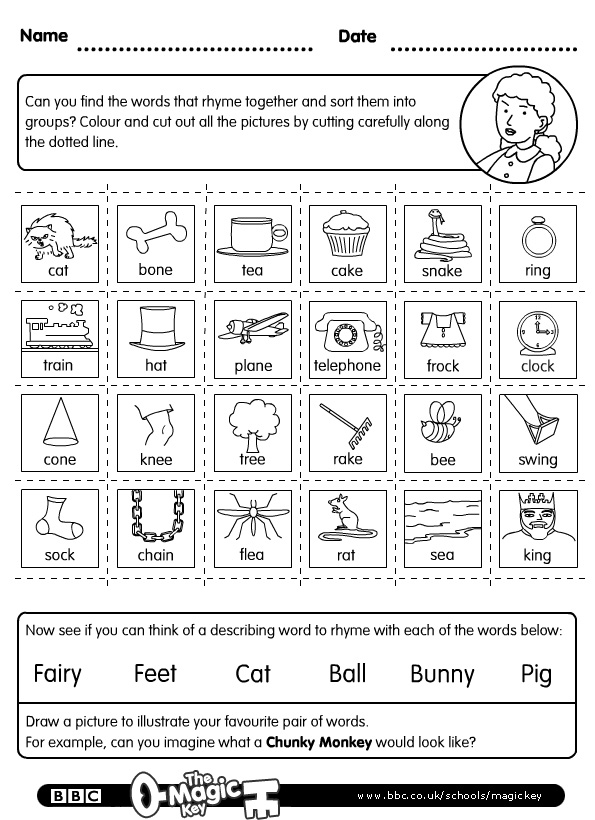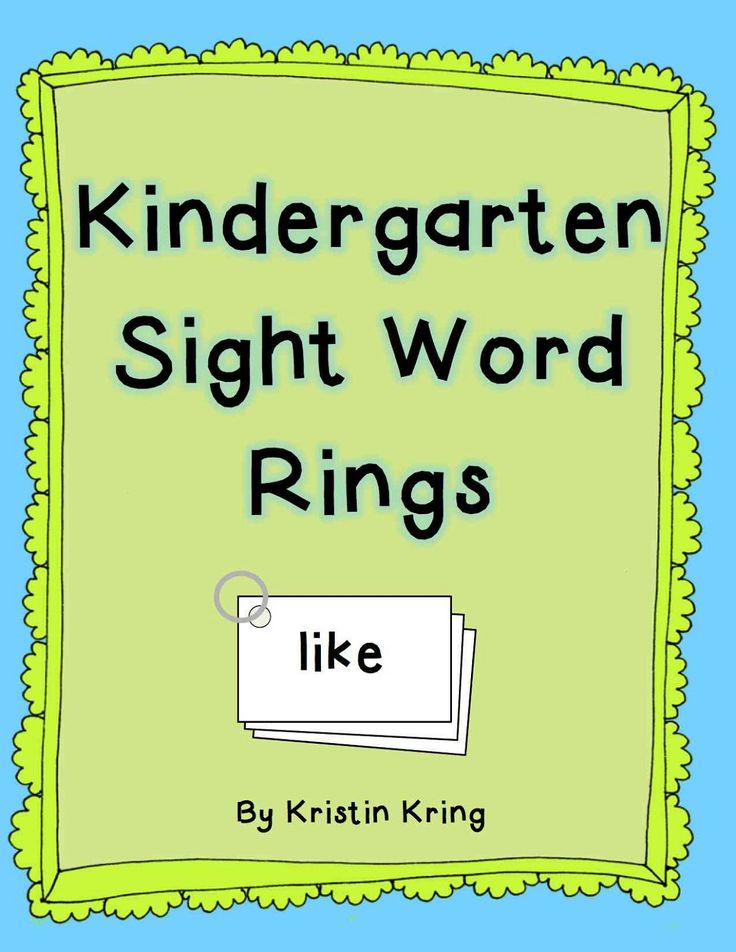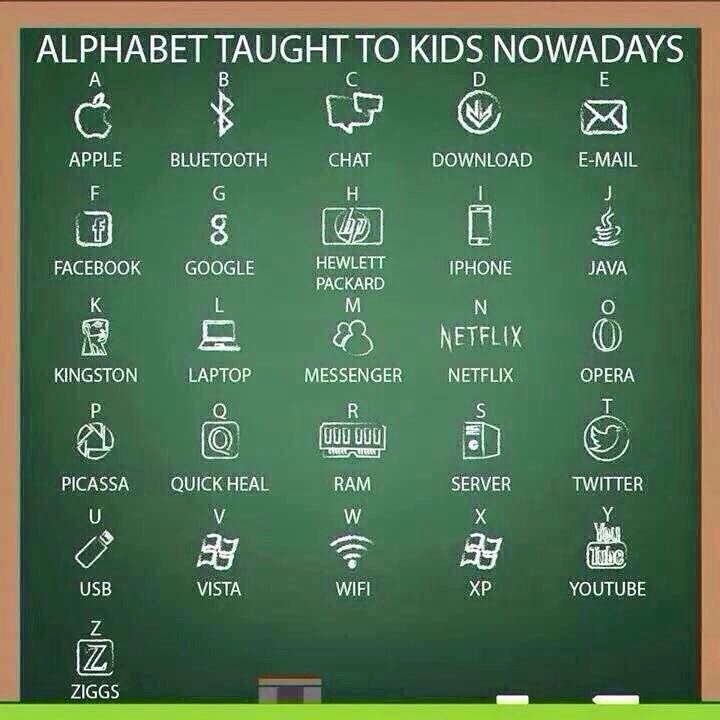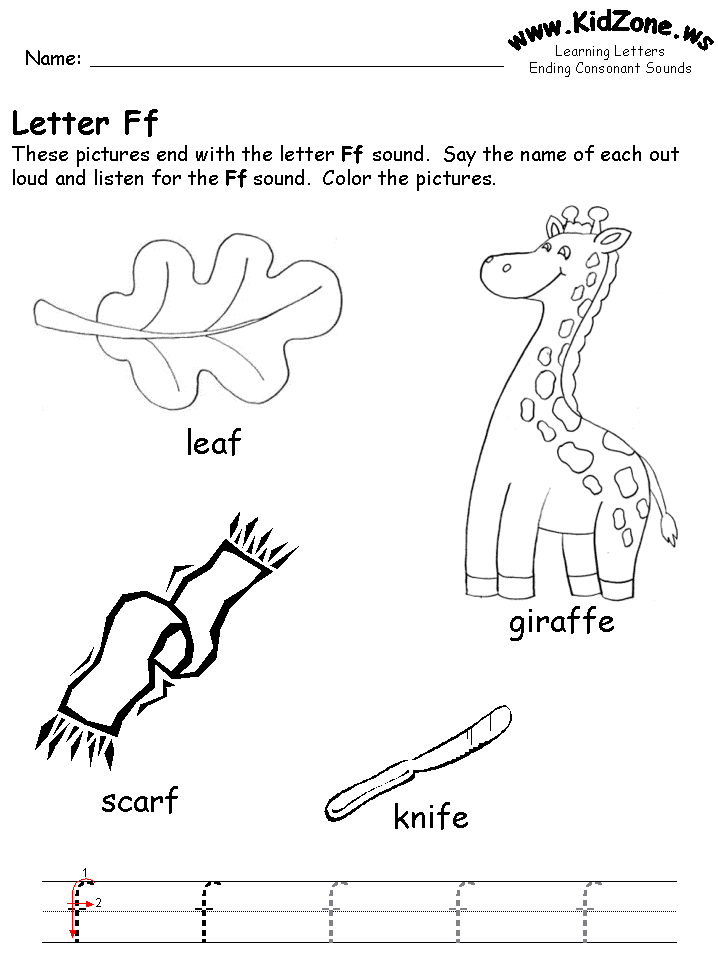Words that have long a sounds
Long A Sound, List of Long A Words and Worksheets
Leave a Comment
- Share
- Tweet
The long a sound can be spelled several ways. The magic e or final e and the open syllable are the most common ways. In addition, the long a sound can be represented in 2 vowel teams (“ai” and “ay”). Of course, there will be exceptions or odd balls- the irregular vowel team (“ei”).
Five Ways to Spell the Long A Sound
- Magic E (VCe or a_e)
- Vowel Team – AI
- Vowel Team – AY
- Irregular Vowel Team – EI
- Open Syllable – Long A
The magic E rule states when a word contains the letter “e” at the end, it is usually silent and the preceding vowel says its name (long sound), e.g., cake and date.
The vowel team rule states when two vowels go walking the first does the talking and the second vowel is silent. The combination of both an “a” and an “i” (double vowels) results in the long a sound. There are many AI words, e.g., maid, brain and paint.
As noted above, when two vowels go walking the first does the talking. The combination of both an “a” and “y” can result in the long a sound. The AY words, e.g., day and say, are not as plentiful as the AI words.
The vowel team rule states when two vowels go walking the first does the talking and the second vowel is silent. Like most things in life, there are exceptions. The combination of the vowels “e” and “i” can result in the long a sound, e.g., eight, sleigh, neigh and weigh.
An open syllable occurs when a vowel is at the end of the syllable (it is not closed by a consonant), e.g., A/pril and ha/zy.
Long A Words
The table below contains 169 long A words. The words are categorized into one of the five ways the long a sound can be spelled – Magic E Rule, Vowel Teams (2), Irregular Vowel Team and Open Syllable.
| Long A Words | Category | Word Family / Sound |
|---|---|---|
| able | Open Syllable Rule | initial sound |
| ace | Magic E Rule | -ace |
| acorn | Open Syllable Rule | initial sound |
| acre | Open Syllable Rule | initial sound |
| afraid | Open Syllable Rule / Vowel Team - AI | initial sound / -aid |
| age | Magic E Rule | -age |
| agent | Open Syllable Rule | initial sound |
| ail | Vowel Team - AI | -ail |
| aim | Vowel Team - AI | -aim |
| ale | Magic E Rule | -ale |
| angel | Open Syllable Rule | initial sound |
| ape | Magic E Rule | -ape |
| apex | Open Syllable Rule | initial sound |
| apricot | Open Syllable Rule | initial sound |
| April | Open Syllable Rule | initial sound |
| apron | Open Syllable Rule | initial sound |
| Asia | Open Syllable Rule | initial sound |
| ate | Magic E Rule | -ate |
| baby | Open Syllable Rule | medial sound |
| bade | Magic E Rule | -ade |
| bail | Vowel Team - AI | -ail |
| bait | Vowel Team - AI | -ait |
| bake | Magic E Rule | -ake |
| bale | Magic E Rule | -ale |
| bane | Magic E Rule | -ane |
| base | Magic E Rule | -ase |
| basic | Open Syllable Rule | medial sound |
| basis | Open Syllable Rule | medial sound |
| baste | Magic E Rule | -aste |
| bay | Vowel Team - AY | -ay |
| blade | Magic E Rule | -ade |
| blame | Magic E Rule | -ame |
| blaze | Magic E Rule | -aze |
| brace | Magic E Rule | -ace |
| braid | Vowel Team - AI | -aid |
| brain | Vowel Team - AI | -ain |
| braise | Vowel Team - AI | -aise |
| brake | Magic E Rule | -ake |
| brave | Magic E Rule | -ave |
| bray | Vowel Team - AY | -ay |
| cage | Magic E Rule | -age |
| cake | Magic E Rule | -ake |
| came | Magic E Rule | -ame |
| cane | Magic E Rule | -ane |
| cape | Magic E Rule | -ape |
| case | Magic E Rule | -ase |
| cave | Magic E Rule | -ave |
| chain | Vowel Team - AI | -ain |
| chaise | Vowel Team - AI | -aise |
| chase | Magic E Rule | -ase |
| chaste | Magic E Rule | -aste |
| claim | Vowel Team - AI | -aim |
| clay | Vowel Team - AY | -ay |
| crane | Magic E Rule | -ane |
| crate | Magic E Rule | -ate |
| crave | Magic E Rule | -ave |
| craze | Magic E Rule | -aze |
| crazy | Open Syllable Rule | medial sound |
| dale | Magic E Rule | -ale |
| dame | Magic E Rule | -ame |
| date | Magic E Rule | -ate |
| Dave | Magic E Rule | -ave |
| day | Vowel Team - AY | -ay |
| daze | Magic E Rule | -aze |
| detail | Vowel Team - AI | -ail |
| drain | Vowel Team - AI | -ain |
| drake | Magic E Rule | -ake |
| drape | Magic E Rule | -ape |
| eight | Irregular Vowel Team - EI | - |
| enable | Open Syllable Rule | medial sound |
| equator | Open Syllable Rule | medial sound |
| explain | Vowel Team - AI | -ain |
| face | Magic E Rule | -ace |
| fade | Magic E Rule | -ade |
| fail | Vowel Team - AI | -ail |
| faint | Vowel Team - AI | -aint |
| fake | Magic E Rule | -ake |
| fame | Magic E Rule | -ame |
| fate | Magic E Rule | -ate |
| faze | Magic E Rule | -aze |
| flail | Vowel Team - AI | -ail |
| flake | Magic E Rule | -ake |
| flame | Magic E Rule | -ame |
| flavor | Open Syllable Rule | medial sound |
| frail | Vowel Team - AI | -ail |
| frame | Magic E Rule | -ame |
| fray | Vowel Team - AY | -ay |
| gage | Magic E Rule | -age |
| Gail | Vowel Team - AI | -ail |
| gain | Vowel Team - AI | -ain |
| gait | Vowel Team - AI | -ait |
| gale | Magic E Rule | -ale |
| game | Magic E Rule | -ame |
| gape | Magic E Rule | -ape |
| gate | Magic E Rule | -ate |
| gave | Magic E Rule | -ave |
| gay | Vowel Team - AY | -ay |
| gaze | Magic E Rule | -aze |
| glade | Magic E Rule | -ade |
| glaze | Magic E Rule | -aze |
| grace | Magic E Rule | -ace |
| grade | Magic E Rule | -ade |
| grain | Vowel Team - AI | -ain |
| grape | Magic E Rule | -ape |
| grate | Magic E Rule | -ate |
| grave | Magic E Rule | -ave |
| gravy | Open Syllable Rule | medial sound |
| gray | Vowel Team - AY | -ay |
| graze | Magic E Rule | -aze |
| hail | Vowel Team - AI | -ail |
| hale | Magic E Rule | -ale |
| haste | Magic E Rule | -aste |
| hate | Magic E Rule | -ate |
| hay | Vowel Team - AY | -ay |
| haze | Magic E Rule | -aze |
| hazy | Open Syllable Rule | medial sound |
| jade | Magic E Rule | -ade |
| jail | Vowel Team - AI | -ail |
| Jake | Magic E Rule | -ake |
| Jane | Magic E Rule | -ane |
| jay | Vowel Team - AY | -ay |
| Kate | Magic E Rule | -ate |
| label | Open Syllable Rule | medial sound |
| labor | Open Syllable Rule | medial sound |
| lace | Magic E Rule | -ace |
| ladle | Open Syllable Rule | medial sound |
| lady | Open Syllable Rule | medial sound |
| laid | Vowel Team - AI | -aid |
| lain | Vowel Team - AI | -ain |
| lake | Magic E Rule | -ake |
| lame | Magic E Rule | -ame |
| lane | Magic E Rule | -ane |
| late | Magic E Rule | -ate |
| lay | Vowel Team - AY | -ay |
| lazy | Open Syllable Rule | medial sound |
| mace | Magic E Rule | -ace |
| made | Magic E Rule | -ade |
| maid | Vowel Team - AI | -aid |
| Vowel Team - AI | -ail | |
| maim | Vowel Team - AI | -aim |
| main | Vowel Team - AI | -ain |
| make | Magic E Rule | -ake |
| male | Magic E Rule | -ale |
| mane | Magic E Rule | -ane |
| mate | Magic E Rule | -ate |
| may | Vowel Team - AY | -ay |
| maze | Magic E Rule | -aze |
| nail | Vowel Team - AI | -ail |
| name | Magic E Rule | -ame |
| nape | Magic E Rule | -ape |
| navy | Open Syllable Rule | medial sound |
| nay | Vowel Team - AY | -ay |
| neigh | Irregular Vowel Team - EI | -eigh |
| obtain | Vowel Team - AI | -ain |
| okay | Vowel Team - AY | -ay |
| pace | Magic E Rule | -ace |
| page | Magic E Rule | -age |
| paid | Vowel Team - AI | -aid |
| pail | Vowel Team - AI | -ail |
| pain | Vowel Team - AI | -ain |
| paint | Vowel Team - AI | -aint |
| pale | Magic E Rule | -ale |
| pane | Magic E Rule | -ane |
| paper | Open Syllable Rule | medial sound |
| paste | Magic E Rule | -aste |
| pave | Magic E Rule | -ave |
| pay | Vowel Team - AY | -ay |
| place | Magic E Rule | -ace |
| plain | Vowel Team - AI | -ain |
| plane | Magic E Rule | -ane |
| plate | Magic E Rule | -ate |
| play | Vowel Team - AY | -ay |
| potato | Open Syllable Rule | medial sound |
| praise | Vowel Team - AI | -aise |
| pray | Vowel Team - AY | -ay |
| quail | Vowel Team - AI | -ail |
| quaint | Vowel Team - AI | -aint |
| quake | Magic E Rule | -ake |
| quay | Vowel Team - AY | -ay |
| race | Magic E Rule | -ace |
| radio | Open Syllable Rule | medial sound |
| rage | Magic E Rule | -age |
| raid | Vowel Team - AI | -aid |
| rail | Vowel Team - AI | -ail |
| rain | Vowel Team - AI | -ain |
| raise | Vowel Team - AI | -aise |
| rake | Magic E Rule | -ake |
| rate | Magic E Rule | -ate |
| rave | Magic E Rule | -ave |
| ray | Vowel Team - AY | -ay |
| raze | Magic E Rule | -aze |
| relation | Open Syllable Rule | medial sound |
| remain | Vowel Team - AI | -ain |
| sage | Magic E Rule | -age |
| sail | Vowel Team - AI | -ail |
| saint | Vowel Team - AI | -aint |
| sale | Magic E Rule | -ale |
| same | Magic E Rule | -ame |
| sane | Magic E Rule | -ane |
| save | Magic E Rule | -ave |
| say | Vowel Team - AY | -ay |
| scale | Magic E Rule | -ale |
| scrape | Magic E Rule | -ape |
| shade | Magic E Rule | -ade |
| shake | Magic E Rule | -ake |
| shale | Magic E Rule | -ale |
| shame | Magic E Rule | -ame |
| shape | Magic E Rule | -ape |
| shave | Magic E Rule | -ave |
| skate | Magic E Rule | -ate |
| slain | Vowel Team - AI | -ain |
| slave | Magic E Rule | -ave |
| slay | Vowel Team - AY | -ay |
| sleigh | Irregular Vowel Team - EI | -eigh |
| snail | Vowel Team - AI | -ail |
| snake | Magic E Rule | -ake |
| space | Magic E Rule | -ace |
| spade | Magic E Rule | -ade |
| Spain | Vowel Team - AI | -ain |
| sprain | Vowel Team - AI | -ain |
| spray | Vowel Team - AY | -ay |
| stage | Magic E Rule | -age |
| stain | Vowel Team - AI | -ain |
| stake | Magic E Rule | -ake |
| stale | Magic E Rule | -ale |
| state | Magic E Rule | -ate |
| station | Open Syllable Rule | medial sound |
| stave | Magic E Rule | -ave |
| stay | Vowel Team - AY | -ay |
| strain | Vowel Team - AI | -ain |
| strait | Vowel Team - AI | -ait |
| stray | Vowel Team - AY | -ay |
| sway | Vowel Team - AY | -ay |
| table | Open Syllable Rule | medial sound |
| tablecloth | Open Syllable Rule | medial sound |
| tail | Vowel Team - AI | -ail |
| taint | Vowel Team - AI | -aint |
| take | Magic E Rule | -ake |
| tale | Magic E Rule | -ale |
| tame | Magic E Rule | -ame |
| tape | Magic E Rule | -ape |
| taste | Magic E Rule | -aste |
| tomato | Open Syllable Rule | medial sound |
| trace | Magic E Rule | -ace |
| trade | Magic E Rule | -ade |
| trail | Vowel Team - AI | -ail |
| train | Vowel Team - AI | -ain |
| trait | Vowel Team - AI | -ait |
| tray | Vowel Team - AY | -ay |
| vacation | Open Syllable Rule | medial sound |
| vain | Vowel Team - AI | -ain |
| vane | Magic E Rule | -ane |
| vapor | Open Syllable Rule | medial sound |
| vase | Magic E Rule | -ase |
| vibration | Open Syllable Rule | medial sound |
| volcano | Open Syllable Rule | medial sound |
| wade | Magic E Rule | -ade |
| wage | Magic E Rule | -age |
| wail | Vowel Team - AI | -ail |
| wain | Vowel Team - AI | -ain |
| wait | Vowel Team - AI | -ait |
| wake | Magic E Rule | -ake |
| wane | Magic E Rule | -ane |
| waste | Magic E Rule | -aste |
| wave | Magic E Rule | -ave |
| way | Vowel Team - AY | -ay |
| weigh | Irregular Vowel Team - EI | -eigh |
| whale | Magic E Rule | -ale |
| x-ray | Vowel Team - AY | -ay |
Long A Worksheets
We created 30 worksheets to assist a child in learning the various ways the long A sound can be spelled.
| Long A Worksheets | Long A Words |
|---|---|
| Magic E Worksheet 1 | lace, face, pace & race |
| Magic E Worksheet 2 | cage, page & stage |
| Magic E Worksheet 3 | bake, cake, make, rake, take & snake |
| Magic E Worksheet 4 | came, game, name, same, flame & blame |
| Magic E Worksheet 5 | made, trade & grade |
| Magic E Worksheet 6 | Jane, crane, cane & plane |
| Magic E Worksheet 7 | cape, gape, tape, grape & ape |
| Magic E Worksheet 8 | date, fate, late & gate |
| Magic E Worksheet 9 | haste, paste, waste & taste |
| Magic E Worksheet 10 | Dave, cave, gave & wave |
| Magic E Worksheet 11 | male, sale, scale & whale |
| Magic E Worksheet 12 | chase, case, base & vase |
| Magic E Worksheet 13 | daze, faze, maze, graze & blaze |
| AI worksheet 1 | laid, raid, staid, maid, paid & braid |
| AI worksheet 2 | hail, mail, tail & pail |
| AI worksheet 3 | jail, bail, fail & wail |
| AI worksheet 4 | Gail, quail, flail & trail |
| AI worksheet 5 | rail, nail, sail & snail |
| AI worksheet 6 | gain, main, pain, rain & vain |
| AI worksheet 7 | chain, brain, plain, grain & train |
| AY Worksheet 1 | bay, ray, day, say & okay |
| AY worksheet 2 | hay, jay, may, lay, way & pay |
| AY worksheet 3 | spray, gray, stray, pray & tray |
| AY worksheet 4 | clay, play, sway, stay & x-ray |
| AY worksheet 5 | gay, nay, quay, bray & fray |
| AI and AY worksheet 1 | pay, paid, stay, staid, lay & laid |
| EI Worksheet 1 | eight, neigh, sleigh & weigh |
| Homophone Worksheet | ate, eight, way & weigh |
| Open Syllable Worksheet 1 | able, acorn, also & April |
| Open Sylllable Worksheet 2 | baby, lady, table & gravy |
Source: Fry, E. B., Ph.D. & Kress, J.E., Ed.D. (2006). The Reading
B., Ph.D. & Kress, J.E., Ed.D. (2006). The Reading
Teacher’s Book of Lists 5th Edition. San Francisco, CA: Jossey Bass
Reader Interactions
Long Vowel Sounds: Word Lists & Activities
Phonics | Spelling
ByDelilah Orpi
This post may contain affiliate links, and I will earn a commission if you purchase through these links. Please read the disclosure policy for more details.
Sharing is caring!
- Share
- Tweet
In this post, I’m breaking down long vowel sounds (or long vowel words) to help you teach them when working with struggling readers and spellers.
Looking for long vowel word lists? Download all 5 of my pdf long vowel sounds word lists in my freebies library by joining my email list below.
What is a long vowel sound?
Long vowel sounds are vowels that are pronounced the same as their name. You’ll often hear teachers say that long vowels “say their name”.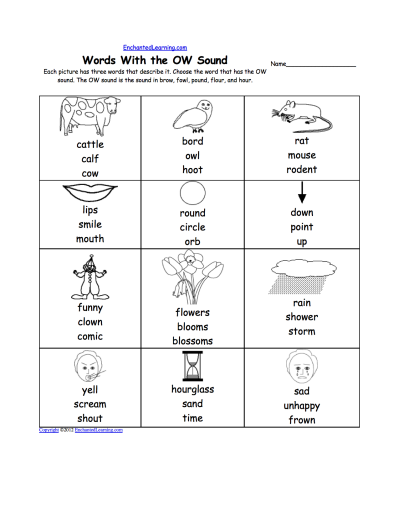
Long vowels are very common but they can be tricky because there are so many spellings for each long vowel sound.
There are actually 4 ways to make long vowel sounds:
- Vowels at the end of a syllable make the long sound. For example, in the words me and halo (ha-lo) the vowels are all at the end of a syllable so they make the long sound.
- Silent e makes the previous vowel long. The words bike and phone have a silent e at the end that makes the previous vowel long.
- Vowel teams can make the long sound. Vowel teams work together to make one sound, and usually, it’s a long vowel sound. For example, boat and meat both have vowel teams that make the long sound.
- I or O can be long when they come before two consonants.
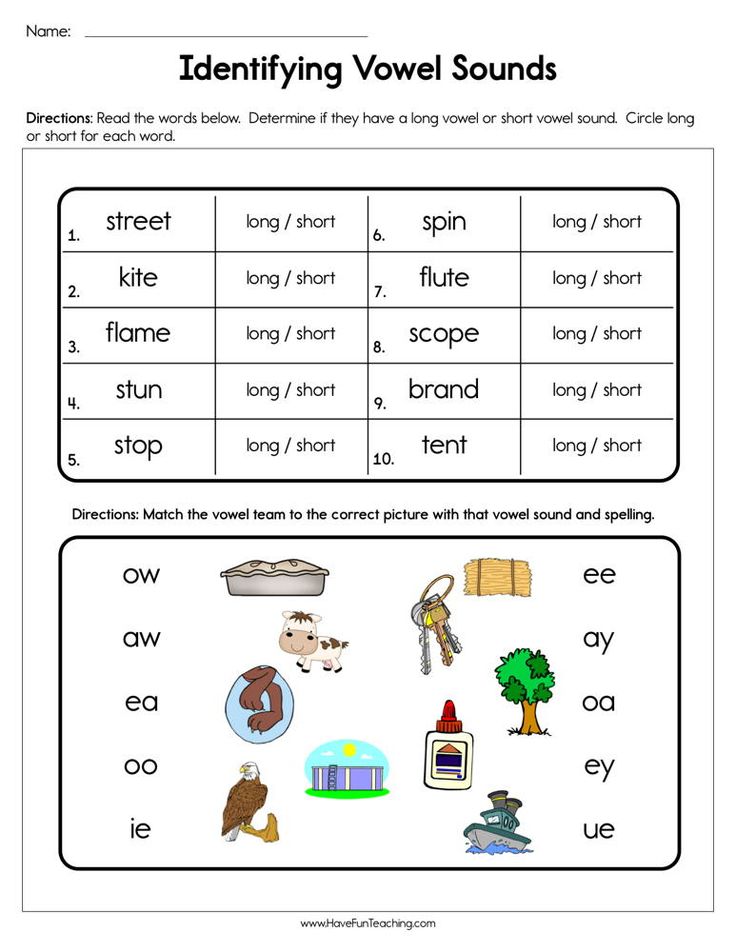 In words like cold and mind, i and o make a long vowel sound.
In words like cold and mind, i and o make a long vowel sound.
Long Vowel Words
Long vowel sound words are words that have vowels that say their name. Below are a few examples:
- Long a – baby, cake, rain, day, they, weigh
- Long e – me, eve, hear, meet, piece, candy
- Long i – silent, bike, light, my
- Long o – go, home, toe, boat, snow
- Long u – music, mule, pew, feud
Long A Sound
The long a sound can be represented by 8 different spelling patterns:
- a – baby
- a_e – cake
- ai – rain
- ay – play
- ei – reindeer
- eigh – weight
- ea – steak
- ey – they
Learn more about teaching the long a sound here, and check out my Long A Words Activities & Worksheets for printable activities.
Long E Sound
The long e sound can be represented by 8 different spelling patterns:
- e – be
- e_e – eve
- ee – meet
- ea – beach
- ei – protein
- ie – piece
- ey – key
- y – candy
For ideas, tips, and tricks when teaching the long e sound, read this post all about teaching the long e vowel sound, and check out my Long E Words Activities & Worksheets for printable activities.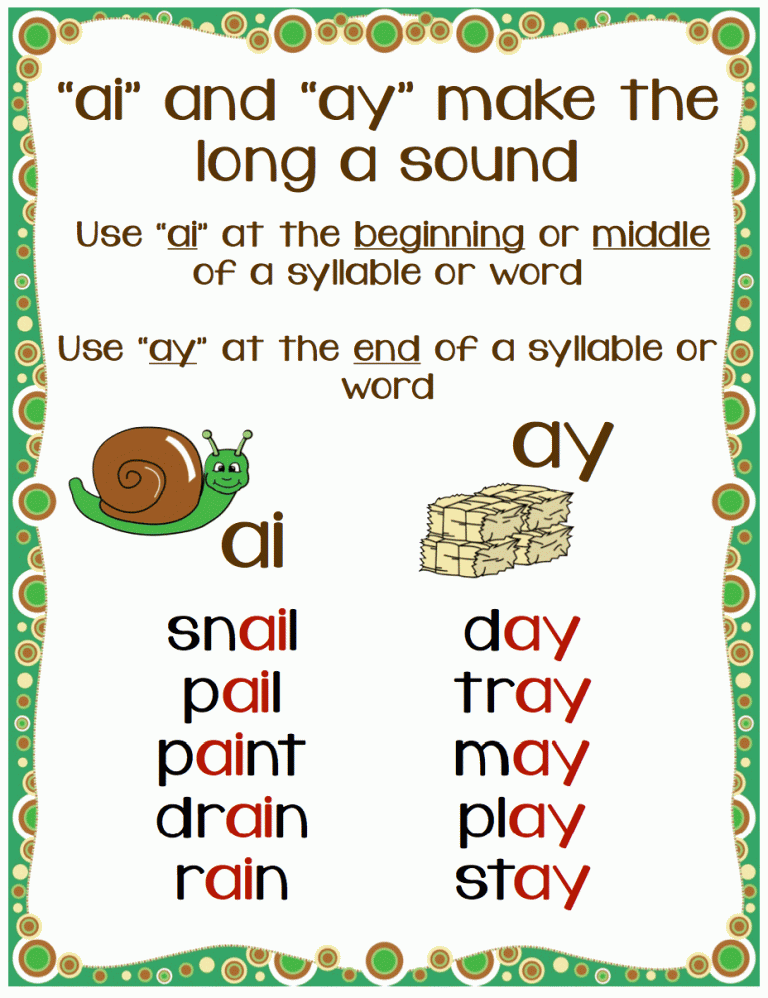
Long I Sound
The long i sound can be represented by 6 different spelling patterns:
- i – silent
- i_e – shine
- ie – pie
- igh – light
- y – my
- y_e – type
You can learn more about teaching the long I sound in this post. And check out my Long I Worksheets set in my shop for printable activities on the long i sound.
Long O Sound
The long o sound can be represented by 5 different spelling patterns:
- o – go
- o_e – phone
- oe – toe
- oa – boat
- ow – snow
You can learn more about teaching long o words and check out my long o worksheets.
Long U Sound
The long u has two sounds: yoo (/y/ /oo/) and oo (/oo/).
The long u sound can be represented by 7 different spelling patterns:
- u – music
- u_e – mule
- ue – rescue
- eu – feud
- ew – few
- oo – food
- ou – soup
Learn more about teaching the long u sound here.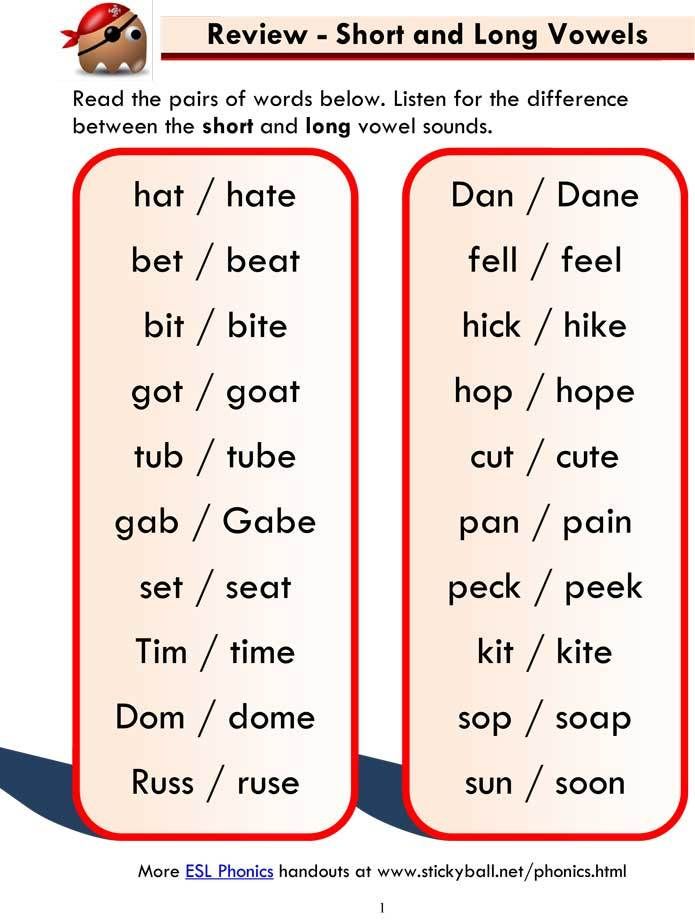
Tips for teaching the long vowel sounds
Teach one spelling pattern at a time!
I don’t mean one vowel sound, but just one spelling pattern. So for example, if you’re working on long a, you would work on the spelling pattern a silent e (cake, same, cave) until students have mastered it, then move on to ai, and so on. You should not be teaching multiple spelling patterns together, even though they make the same sound.
I know that most programs out there combine all the long vowel sound spelling patterns into one lesson, especially in spelling lists, but this does not work for struggling readers. You need to break it down for them and only do one at a time.
Teach the syllable types.
Because syllables have a lot to do with whether vowels make the short or long sound, if students do not already know the 6 syllable types then teach them along with the long vowel sound.
Here are resources for each syllable type:
- closed syllable
- open syllable
- final silent e syllable
- vowel team syllable
- r combination syllable
- consonant le syllable
Use a variety of activities to practice each spelling pattern.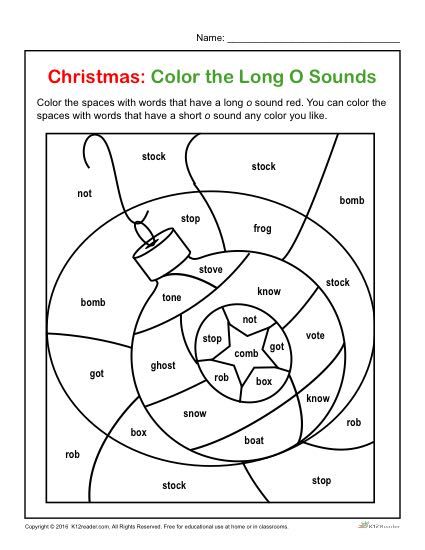
Games, dictation, word sorts, memory or matching with flashcards, word hunts, textured writing, body spelling, and bingo are all fun ways to practice the long vowel sounds.
The main activity that is often overlooked is dictation. It seems so simple but the task involves listening to a word, deciding on the spelling, and transferring that info to written form. These are all skills that struggling readers need to practice.
Teach the spelling generalizations.
Some of the long vowel spelling patterns are spelling rules that make it easy to remember.
For example, ai is usually found at the beginning or middle of a syllable, and ay is usually found at the end of a syllable. [Examples: rain, aim, play, daytime]
Here is another example with long o: oa is usually found at the beginning or middle of a word, and ow is usually found at the end. [Examples: boat, coach, snow]
Long Vowel Word List
I made these word lists to help teach the long vowels. I find it handy to have these on hand when playing phonics games or planning activities for long vowel lessons.
I find it handy to have these on hand when playing phonics games or planning activities for long vowel lessons.
Grab them for free below!
Visit my Teachers Pay Teachers shop to see all my literacy products.Want to remember this? Save Long Vowel Sounds: Word Lists & Activities to your favorite Pinterest board!
Sharing is caring!
- Share
- Tweet
Delilah Orpi
Delilah Orpi is the owner and founder of Thrive Literacy Corner. She has a Bachelor's degree in Special Education, a Master's degree in TESOL, and is a member of the International Dyslexia Association. She is an experienced educator and literacy specialist trained in Orton Gillingham and Lindamood Bell. Delilah creates literacy resources for educators and parents and writes to create awareness about dyslexia and effective literacy instruction based on the science of reading.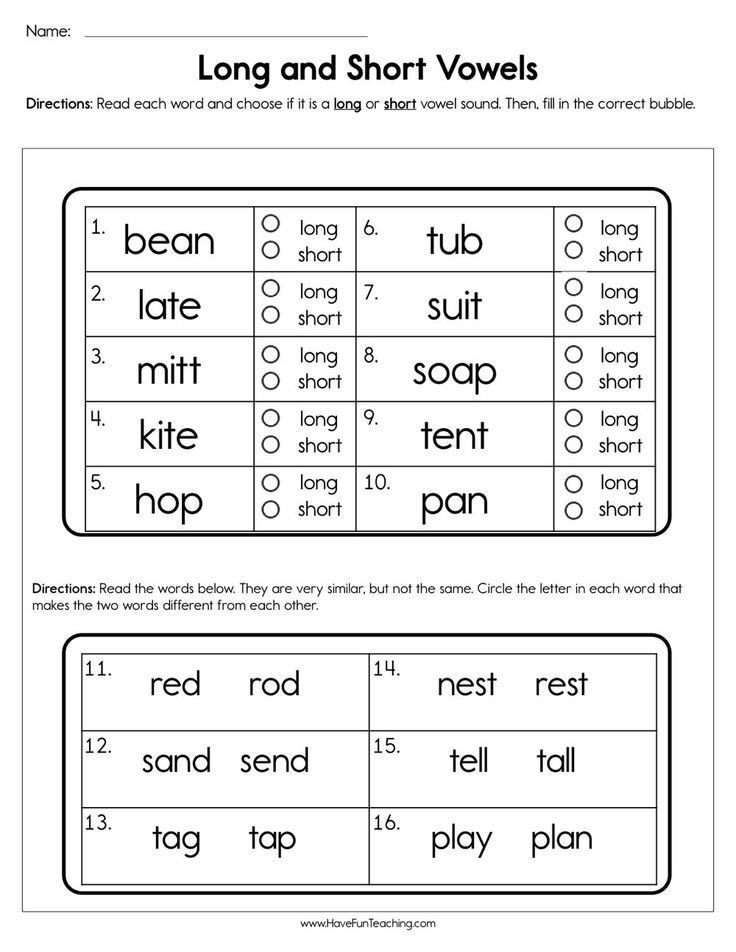
Similar Posts
Phonics
The Many Jobs of Silent E
ByDelilah Orpi
Did you know that silent e does more than just make the previous vowel say its name? In fact, a final silent e has 6 other jobs in addition to this! I didn’t know about these other jobs but once I learned, it made so much sense. Hopefully, this overview helps you understand the other…
Read More The Many Jobs of Silent EContinue
Phonics
Syllable Division Rules: How To Divide Words Into Syllables
ByDelilah Orpi
Are you confused about how to divide words into syllables? Or maybe you’re not sure exactly how to teach your students the syllable division rules.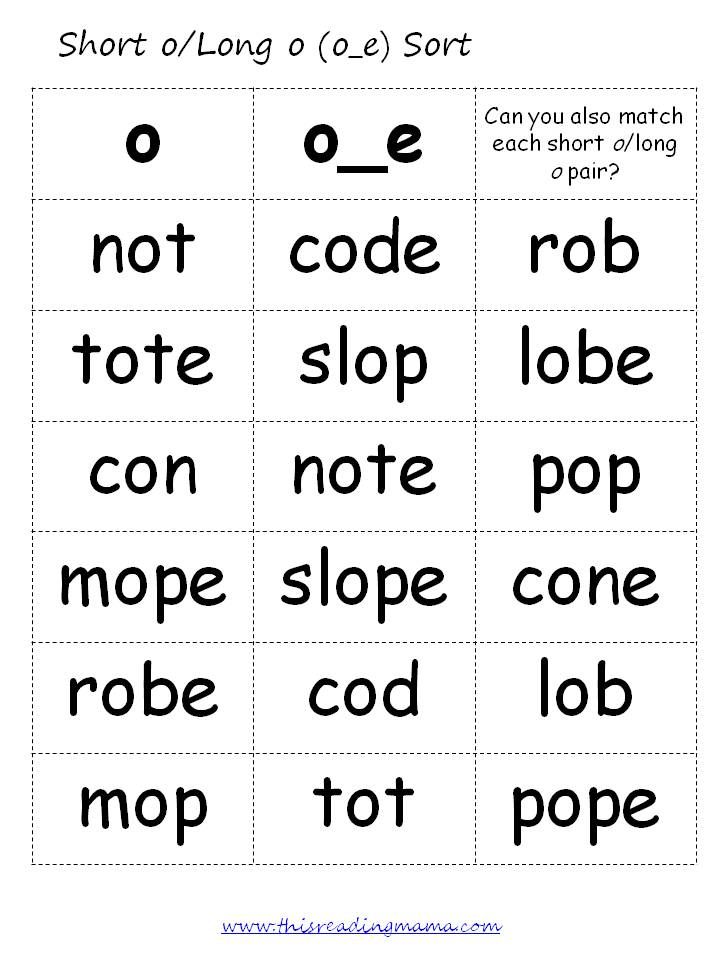 It can be tricky, but with a few simple rules, you’ll be able to do it like a pro. In this blog post, we will discuss the most common ways…
It can be tricky, but with a few simple rules, you’ll be able to do it like a pro. In this blog post, we will discuss the most common ways…
Read More Syllable Division Rules: How To Divide Words Into SyllablesContinue
Parents | Phonics
Structured Literacy And How It Compares to Balanced Literacy
ByDelilah Orpi
When it comes to teaching reading, there are two main approaches: structured literacy and balanced literacy. While both methods have their pros and cons, it can be tough to decide which is the best for your classroom or child. In this blog post, we’ll break down the key differences between these two approaches and share…
Read More Structured Literacy And How It Compares to Balanced LiteracyContinue
Phonics | Reading Comprehension | Spelling
How To Set Up Literacy Blocks That Align With the Science of Reading
ByDelilah Orpi
Since I have written about the science of reading, heart words, and explicit phonics instruction, so many of you have reached out and asked, “so how do I set up my literacy block and work with students in small groups?” I know it can be overwhelming learning that what you’ve been doing needs to change,…
Read More How To Set Up Literacy Blocks That Align With the Science of ReadingContinue
Phonics
Elkonin Boxes For Reading Intervention
ByDelilah Orpi
After years of working with dyslexic kids, I have several reading strategies for struggling readers that I always turn to because of their success. The best strategies are all multi-sensory because those are the most effective for all struggling readers, especially those with dyslexia. Elkonin boxes are an effective multisensory strategy that builds and strengthens…
The best strategies are all multi-sensory because those are the most effective for all struggling readers, especially those with dyslexia. Elkonin boxes are an effective multisensory strategy that builds and strengthens…
Read More Elkonin Boxes For Reading InterventionContinue
Long and short vowels in English
Longitude is one of the characteristics of a vowel sound, which shows the relative duration of its sound compared to other sounds.
Longitude can be positional and phonemic. In the first case, the duration of the vowel depends on the position in the word and stress, while this characteristic does not affect the meaning. The phonemic length of a vowel has a semantic function, that is, depending on the length of the sound, the meaning of the word changes.
Length of vowel sounds in English
In Russian, the length of vowel sounds does not affect the meaning of words and changes only depending on stress. In English, vowels differ not only in positional but also in phonemic length.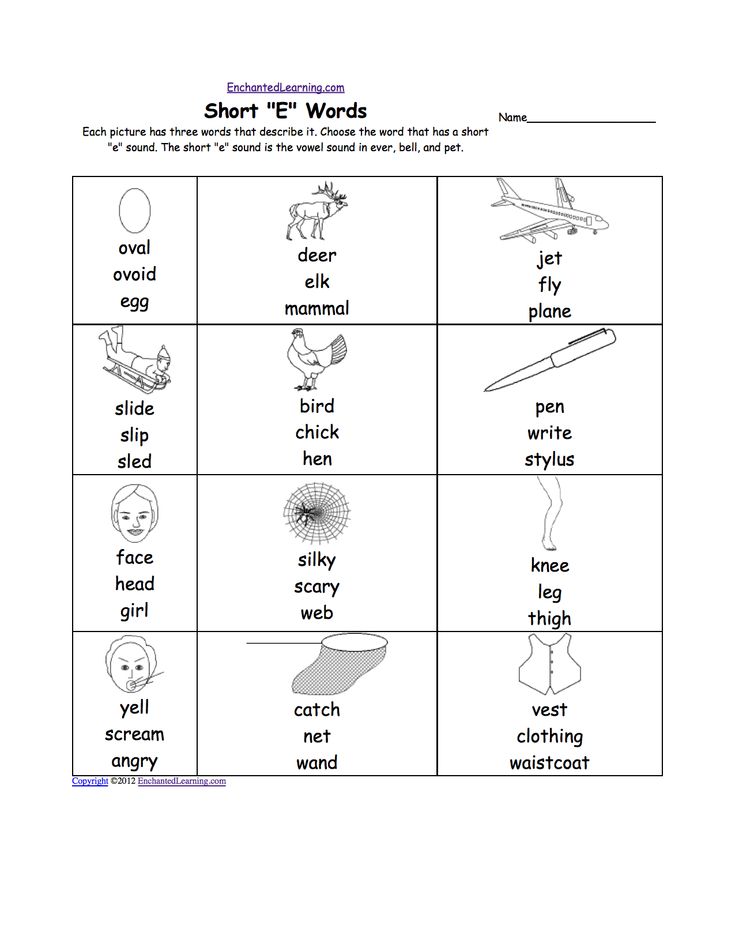 This means that long and short sounds, similar in other characteristics, represent different phonemes. Words that differ only in these phonemes have different meanings: ship - sheep , fit - feet , pull - pool . Therefore, it is so important to pronounce long and short sounds correctly.
This means that long and short sounds, similar in other characteristics, represent different phonemes. Words that differ only in these phonemes have different meanings: ship - sheep , fit - feet , pull - pool . Therefore, it is so important to pronounce long and short sounds correctly.
In transcription, long vowels are indicated with a colon: [i:], [α:], [ɔ:], [u:], [ә:]. In some cases, long vowels in an unstressed position are reduced and become semi-long, which in transcription is indicated by one dot from above: [α ].
The long vowels listed above are opposed to short vowels, forming the following pairs in English:
- [i:] - [ı]
- [uː] - [u]
- [ɔ:] - [ɒ]
- [α:] - [ʌ]
- [ә:] - [ə]
The pronunciation of long and short English vowels often causes difficulties for Russian learners of English, since in Russian vowels do not have phonemic longitude, and we are not used to distinguishing the length of a vowel sound by ear. We often do not hear the difference between long and short vowels when listening to English speech. It is still not clear how long you need to draw a sound when speaking, so very unnatural, or almost inaudible, or too long vowels are obtained. It is impossible to correctly pronounce short and long sounds so that a native speaker hears the difference, even if you diligently shorten short vowels and stretch out long ones.
We often do not hear the difference between long and short vowels when listening to English speech. It is still not clear how long you need to draw a sound when speaking, so very unnatural, or almost inaudible, or too long vowels are obtained. It is impossible to correctly pronounce short and long sounds so that a native speaker hears the difference, even if you diligently shorten short vowels and stretch out long ones.
Sometimes it seems that native speakers themselves do not know the difference between short and long sounds, they seem to pronounce them the same way - but they themselves understand each other. But it's not. Let's see what are the differences between long and short English vowels, how to learn to hear them and how to train their pronunciation.
Differences between long and short English sounds
It is logical to assume that if vowels are called long or short, they differ in sound length. This is the main difference between them, but not the only one.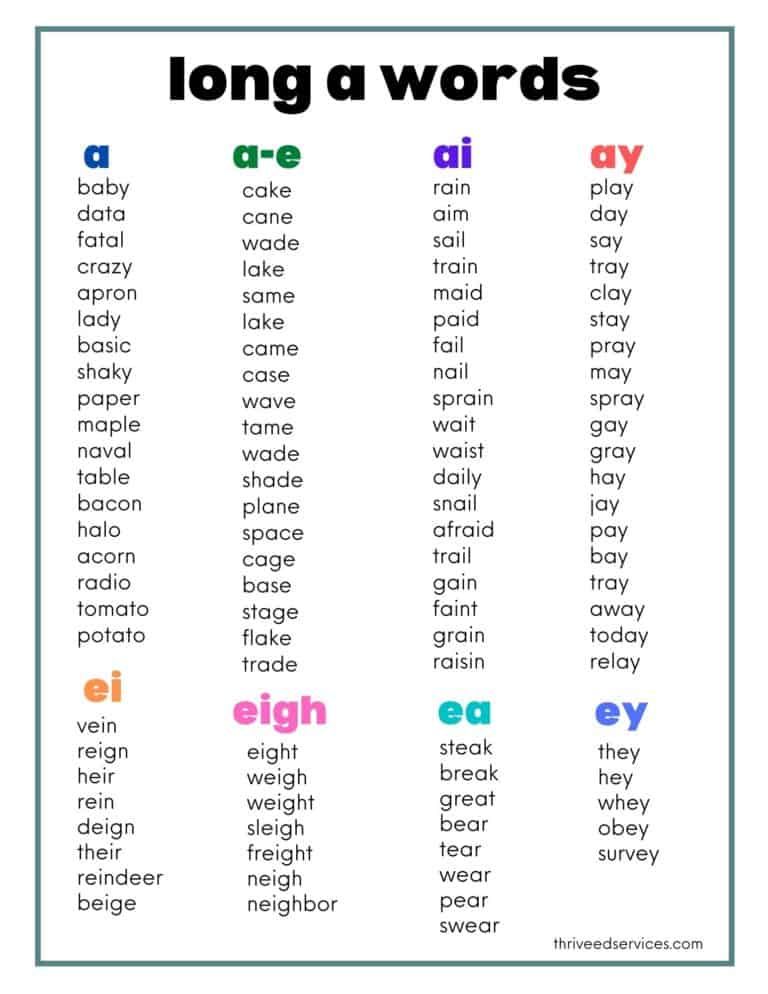 It is important to understand that long and short sounds have other differences, which consist in articulatory features. This means that the sounds are not just of different lengths, they are also different in sound. And most often it is these articulatory features that determine the length of the vowel sound: the duration of the sound depends on the position of the tongue and the tension of the vocal apparatus.
It is important to understand that long and short sounds have other differences, which consist in articulatory features. This means that the sounds are not just of different lengths, they are also different in sound. And most often it is these articulatory features that determine the length of the vowel sound: the duration of the sound depends on the position of the tongue and the tension of the vocal apparatus.
Long and short English vowels differ in such a characteristic as tension. Long vowels are tense, in English they are also called tense . When they are pronounced, the root of the tongue seems to be tense, under tension. The sound is pronounced, bright, rich, clear.
Short vowels are called lax – relaxed. The tongue in the region of the root is relaxed, the vowel sound is articulated quickly, easily, without additional effort, as if bursting. It turns out short, inconspicuous, faded and fuzzy.
Qualitative differences in sounds in different pairs of English vowels range from pronounced to almost imperceptible.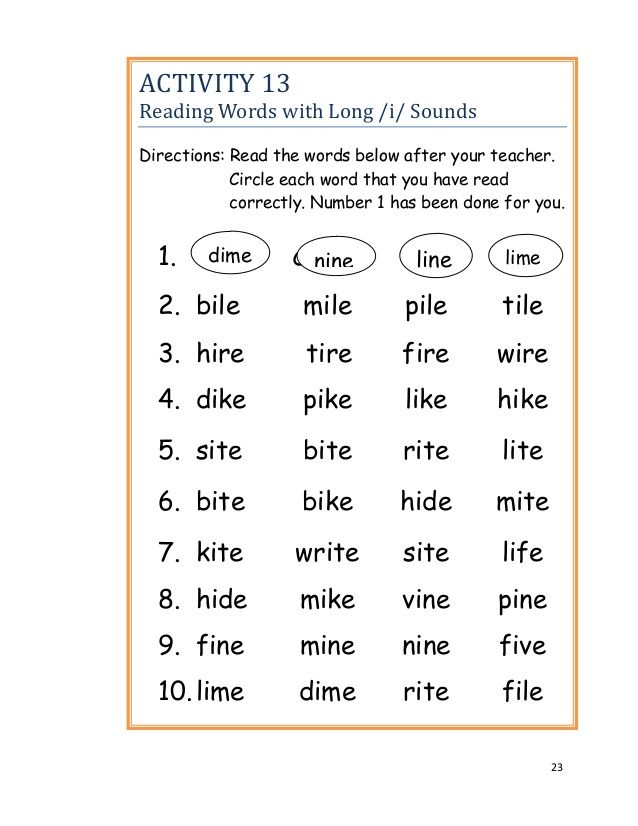 It is easy to notice the difference between long and short sounds a: pay attention to how the words cart and cut are pronounced, they differ not only in duration, but also in sound. But the differences between long and short u are almost imperceptible: pool and pull sound very similar, only slightly different in length. The Scots generally pronounce them the same way, differing only in context.
It is easy to notice the difference between long and short sounds a: pay attention to how the words cart and cut are pronounced, they differ not only in duration, but also in sound. But the differences between long and short u are almost imperceptible: pool and pull sound very similar, only slightly different in length. The Scots generally pronounce them the same way, differing only in context.
In addition, the duration of the pronunciation of vowels is also affected by positional longitude - for example, stressed or unstressed position in a word. As a result, a short vowel sound in one word may sound longer than a long sound in another word.
Thus, it is not enough to rely only on the subjective duration of a vowel sound. All the features of short and long vowels described above must be taken into account when learning English. It remains to understand how to master the pronunciation of long and short sounds in practice.
How to learn to pronounce long and short English vowels
The main mistake foreigners make when pronouncing long and short English sounds is focusing only on duration.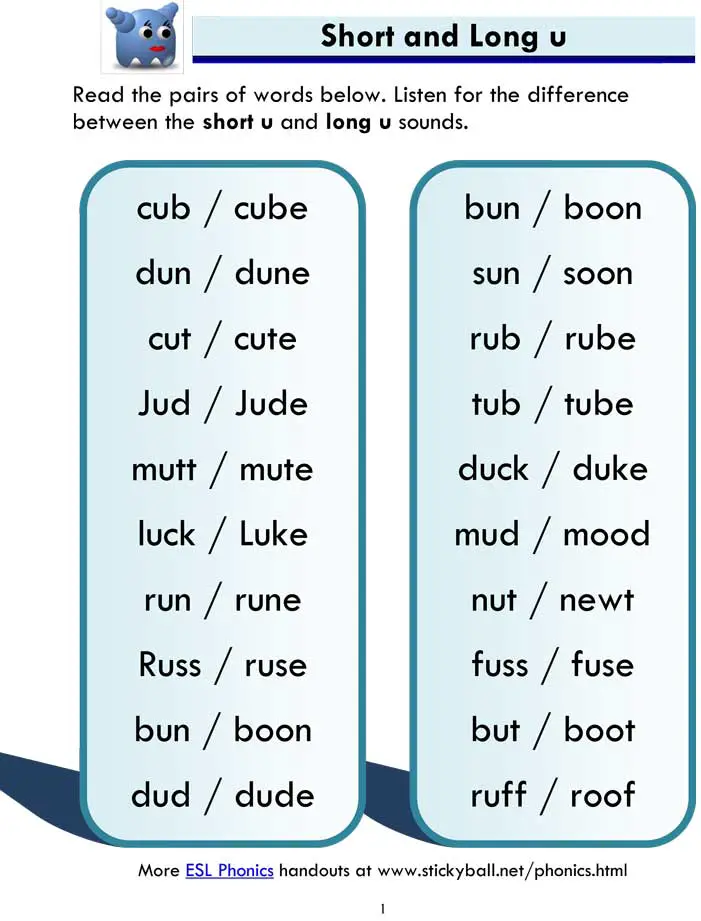 But with this approach, it is intuitively incomprehensible where the boundary between a long and a short sound passes: you can’t measure the length of a sound with a stopwatch. When trying to artificially lengthen or shorten a vowel, the sounds are unnaturally short or drawn out.
But with this approach, it is intuitively incomprehensible where the boundary between a long and a short sound passes: you can’t measure the length of a sound with a stopwatch. When trying to artificially lengthen or shorten a vowel, the sounds are unnaturally short or drawn out.
To learn how to pronounce long and short English sounds, you need to forget about the usual terminology "long" and "short". Try not to think about the duration of the sound at all. To correctly pronounce long and short vowels, you need to focus on their articulation, and not on duration. If we correctly reproduce the pronunciation of the vowel, then the duration will turn out to be correct automatically. Remember that long vowels require more tension at the root of the tongue, while short ones are pronounced without additional effort, easily and without tension.
Pay attention to how native speakers pronounce vowels - don't watch how long they draw them out, but watch the pronunciation, the articulation, the quality of the sound. Repeat, imitate, practice. For practice, it is best to use video lessons or a conversation with a native speaker, since audio materials do not make it possible to see articulation.
Repeat, imitate, practice. For practice, it is best to use video lessons or a conversation with a native speaker, since audio materials do not make it possible to see articulation.
It is best to train long and short sounds not separately, but as part of words. First, this way you will note the influence of positional longitude on the duration of the sound in specific examples. Secondly, just as words are best learned in context, sounds are also best learned in the environment.
Practice pronunciation of long and short vowels in pairs of words to notice the difference between sounds, for example:
- Sport – hot
- Arm-cut
- See-hit
- Food-put
- Fur – ago
When you learn how to pronounce long and short vowels correctly in English, it will become easy to distinguish between them in speech. When listening to speech, forget about the differences in duration, pay attention to the qualitative differences in sounds - how intensely the vowel is pronounced, how bright or faded it sounds, how pairs of sounds differ from each other, except for duration.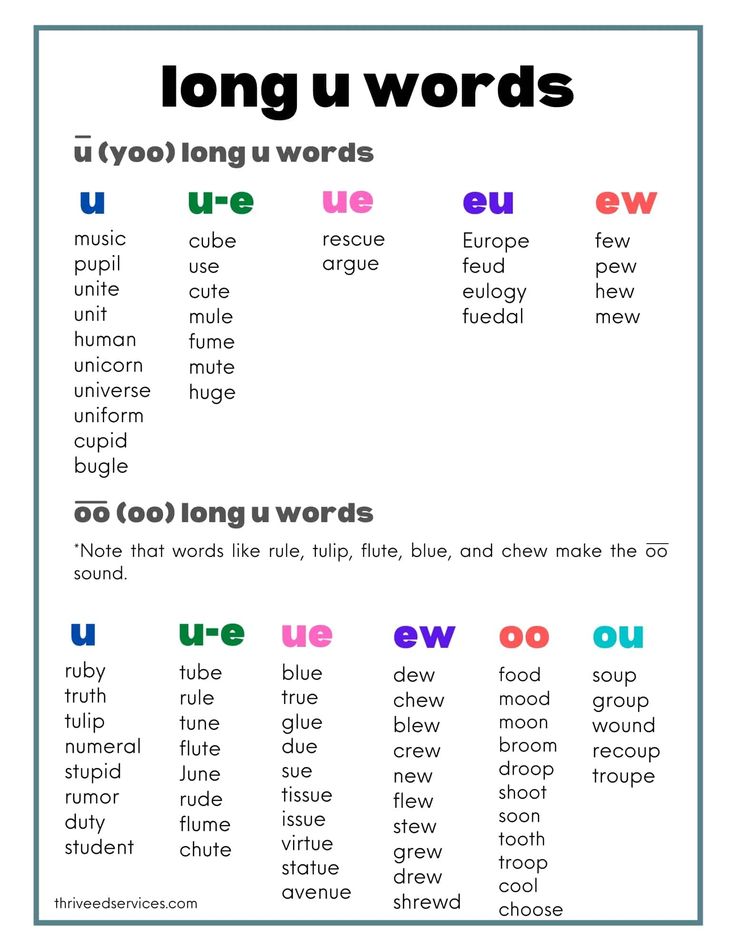
Sounds in English: pronunciation, transcription 🗣️
It happens that you speak English with a foreigner, but he does not understand you. And then you find out that the letter “a” alone can be pronounced in six different ways. We understand English sounds in order to sound correctly and speak the same language with foreigners.
In English, the number of words that are not pronounced at all as they are written is very high - this is the result of historical changes and the standardization of written English in the 17th century. Knowing how English sounds are read, you can almost always read even the most intricate word.
The English alphabet has 26 letters, 20 vowels and 23 consonants. The more you delve into the English language, the more difficult words you will meet along the way. The science of phonetics will come in handy here, just in time. And we will share life hacks on the study of this topic.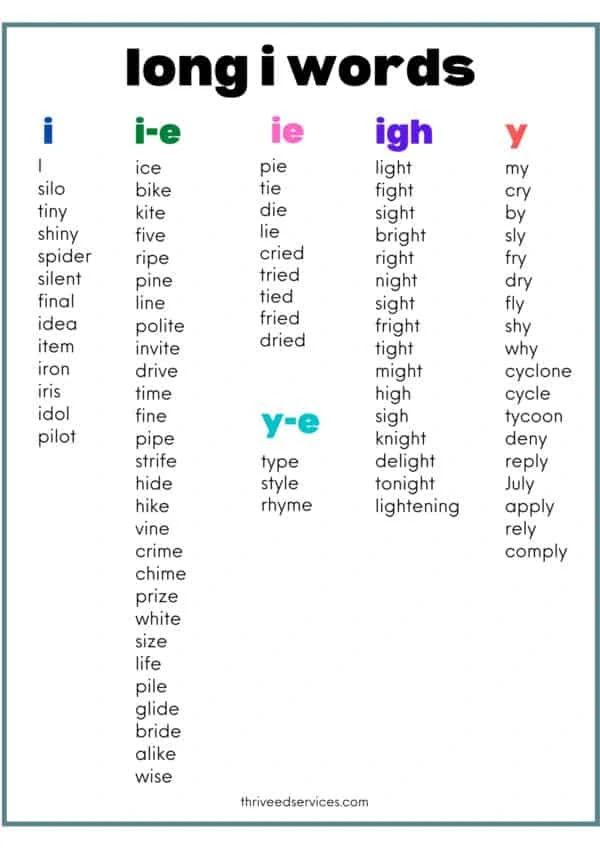
Transcription of English sounds
In order to study all possible variations of sounds, linguists have developed an alphabet that contains special characters. This alphabet was called International Phonetic Alphabet (International Phonetic Alphabet).
It is these characters that are used in modern transcriptions of English words. Transcription, by the way, is a graphic representation of sounds. Indicate the transcription in square brackets.
Let's look at the examples below how one letter can be read in two different ways. The difference in pronunciation can depend on the type of syllable, the position of the letter in the word, and whether the vowel is stressed.
- In the word type (print/type), the letter y is in an open syllable and therefore reads like [aɪ].
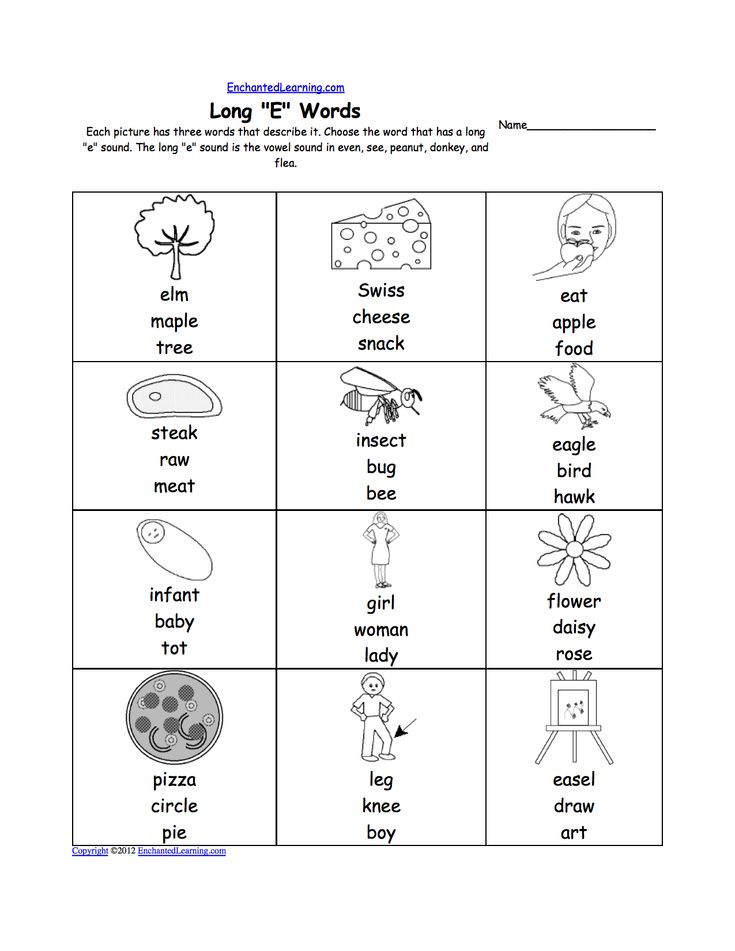
- In the word copy (copy / copy), the letter y is in an unstressed syllable at the end of the word and therefore reads like [i].
However, it is worth trying to learn the pronunciation of sounds and various combinations of sounds. There is no division into short and long consonants in Russian. In English, the incorrect pronunciation of such vowels leads to significant changes in the meaning of the word.
So, for example, confusing the short and long sound [i] (read as “and” in the Russian word “game”), you can accidentally say “I boarded a sheep” - I boarded a sheep [ʃ iː p], not "I boarded a ship" - I boarded a ship [ʃ ɪ p].
English proficiency test
This English proficiency test was compiled by the Skysmart online school tutors.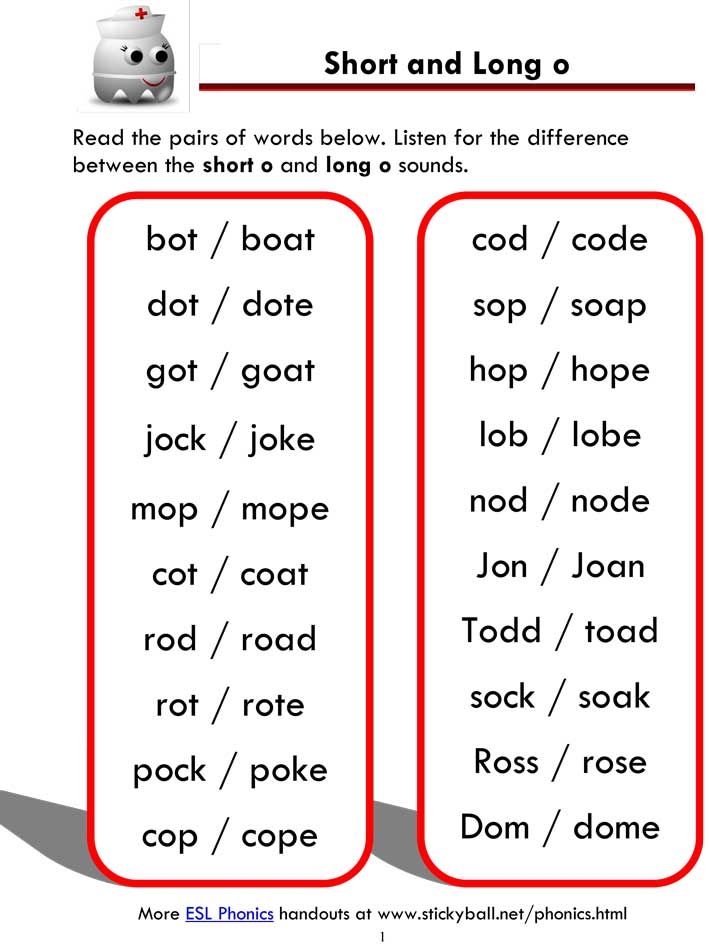 They prepared interesting and relevant tasks on modern topics to make the test both useful and interesting
They prepared interesting and relevant tasks on modern topics to make the test both useful and interesting
General Table of English Consonants and Vowels (IPA)
Below is a table of all known English phonemes. The vowels are in the gray area and the consonants are in the yellow area. Short and long vowels are indicated on a light gray background, and diphthongs - sounds consisting of two elements - are located on a dark gray background.
All consonants are located on a yellow background and differ in font color. Voiceless consonants ( voiceless/unvoiced ) are marked in gray, and voiced ones ( voiced ) - black.
How many English words do you already know?
Let's define your vocabulary - without complex questions and with the help of smart algorithms.
Classification of sounds in English
In English, sounds are divided into two groups: vowels and consonants.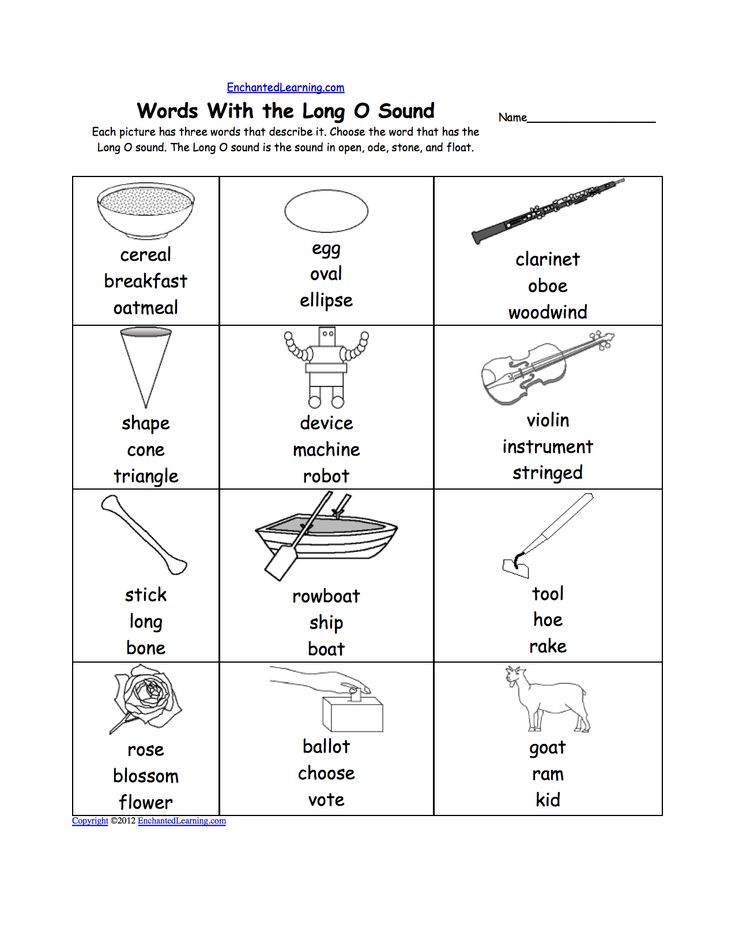 Let's take a look at them.
Let's take a look at them.
Another effective way to quickly memorize English sounds is to sign up for English lessons for children 8 years old online at Skysmart School.
Free English lessons with a native speaker
Practice 15 minutes a day. Learn English grammar and vocabulary. Make language a part of life.
Vowel sounds of the English language
From the school curriculum of the Russian language, we remember that the main characteristic of vowel sounds is their melodiousness. This is due to the fact that when pronouncing a vowel sound, the air passing through the vocal cords vibrates and the sound freely leaves the oral cavity without encountering any obstacles in its path. Here is the rule for pronunciation of vowels:
| Vowel | IPA | Word examples | Vowel | IPA | Word examples |
| /a/ | æ | c a t | /oo/ | - | l oo k, w ou ld, p u t |
| /e/ | and | p e g, br ea d | /ar/ | ɑ: | c ar t, f a st (regional) |
| /i/ | ɪ | p i g , g i ve | /ur/ | ɜ: | b ur n, f ir st, t er m, h ear d, w or k |
| /o/ | ɒ | l o g, w a nt | /au/ | ɔ: | t or n, d oor , w ar n, h au l, l aw , c a ll |
| /u/ | - | pl u g, l o ve | /er/ | ə | wood e n, circ u s, sist er |
| /ae/ | eɪ | p ai n, d ay , g a t e , st a tion | /ow/ | aʊ | d ow n, sh ou t |
| /ee/ | i: | sw ee t, h ea t, th ie f, th e s e | /oi/ | ɔɪ | c oi n, b oy |
| /ie/ | aɪ | tr ie d, l igh t, m y , shin e , m i nd | /air/ | eə | st air s, b ear , h are |
| /oe/ | or | r oa d, bl ow , b o ne, c o ld | /ear/ | ɪə | f ear , b eer , h ere |
| /ue/ | u: | m oo n, bl ue , gr ew , t u ne | /ure/ | ʊə | p ure , c u re |
Demo lesson in English
We will determine the level and set a goal, and then we will teach you to speak English fluently.


